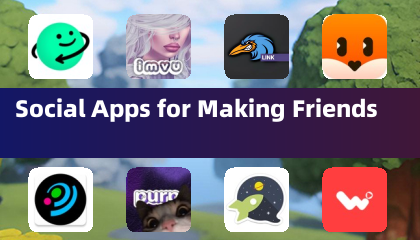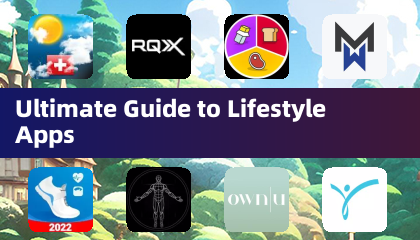The Entertainment Software Association (ESA) has unveiled the Accessible Games Initiative at the Game Developers Conference, marking a significant step forward in video game accessibility. This new initiative, backed by industry giants such as Electronic Arts, Google, Microsoft, Nintendo, Sony, and Ubisoft, and joined by Amazon, Riot Games, Square Enix, and WB Games, aims to enhance the gaming experience for millions of players with disabilities.
Under the Accessible Games Initiative, participating companies will utilize a "tag" system to clearly denote accessibility features in their games. These tags will appear alongside game information on digital storefronts and product pages, providing consumers with essential details about the accessibility options available. The initiative includes 24 specific tags, covering auditory, gameplay, input, and visual features, designed to help players understand what accommodations they can expect.

The Accessible Games Initiative includes 24 tags that help describe the games we play.Some of the key tags include "clear text" for readable menus, "large and clear subtitles" for better dialogue visibility, "narrated menus" for auditory navigation, and "stick inversion" for customizable controls. Other tags address gameplay mechanics like "save anytime" and "difficulty levels," allowing players to tailor their experience to their needs.
Stanley Pierre-Louis, ESA president and CEO, emphasized the importance of this initiative, stating, “Tens of millions of Americans have a disability and often face barriers to experiencing the joy and connection that comes with playing video games. We are immensely proud to announce the Accessible Games Initiative in partnership with industry leaders. This initiative demonstrates how impactful we can be when we work together in our industry-wide pursuit of helping more people experience the power of play.”
The rollout of these tags will be gradual, implemented on a company-by-company basis, and initially available only in English. The ESA also plans to monitor and potentially expand or refine the tag system based on feedback and evolving accessibility needs.
This initiative not only empowers gamers with disabilities but also encourages game developers to consider accessibility from the outset of game design, promoting a more inclusive gaming environment for all.


 LATEST ARTICLES
LATEST ARTICLES 












